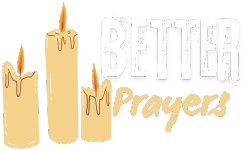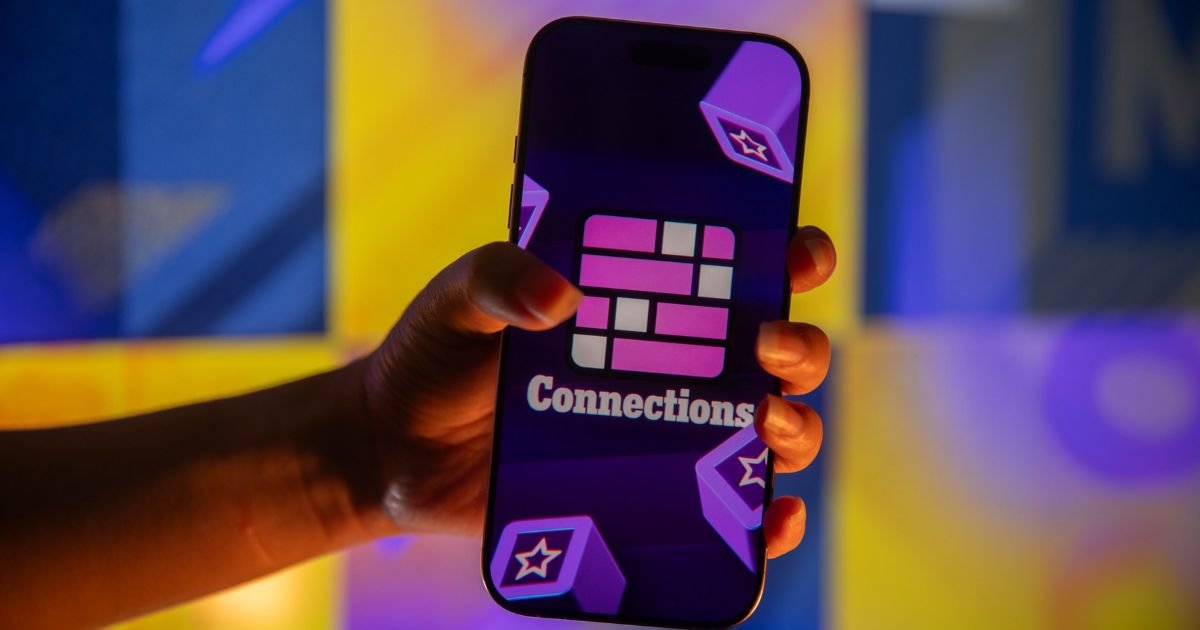The NYT Connections puzzle has gained popularity as a challenging yet enjoyable word game. Players engage with a grid of 16 words, aiming to group them into four distinct categories. With the help of resources like Connections Hint Mashable, players can enhance their gameplay experience. This guide will explore the nuances of the NYT Connections puzzle, the types of connections, how the game works, and effective strategies for using Mashable’s hints.
Understanding the NYT Connections Puzzle
Overview of the Game Structure
The NYT Connections puzzle presents players with a grid of 16 words, and the objective is to categorize these words into four groups of four. Each group shares a common theme, making it essential for players to think critically and identify connections. The game resets daily, providing fresh challenges that keep players engaged.
The Role of Themes
Themes play a crucial role in the NYT Connections puzzle. Understanding how words can relate to each other based on shared characteristics is key to solving the puzzle. Common themes include:
- Colors: Red, Blue, Green, Yellow
- Animals: Dog, Cat, Lion, Tiger
- Countries: Canada, Brazil, India, Japan
- Seasons: Spring, Summer, Autumn, Winter
These categories not only guide players in their thinking but also add layers of complexity to the game.
Types of Connections
Common Categories
The NYT Connections game features several prevalent categories. Here’s a detailed list of some categories players might encounter:
| Category | Example Words |
|---|---|
| Colors | Red, Blue, Green, Yellow |
| Animals | Dog, Cat, Lion, Tiger |
| Countries | Canada, Brazil, India, Japan |
| Seasons | Spring, Summer, Autumn, Winter |
| Foods | Apple, Banana, Carrot, Spinach |
| Sports | Soccer, Basketball, Baseball, Tennis |
Thematic Variations
Each day, the themes can vary, keeping players on their toes. Some days present simpler categories, while others offer intricate themes that require deeper thought and pattern recognition. This variability is part of what makes the NYT Connections puzzle engaging.
Advanced Connections
For seasoned players, the puzzle can include advanced connections that challenge even the most experienced solvers. These may involve:
- Wordplay: Terms that have double meanings or puns.
- Historical References: Words linked to historical events or figures.
Understanding these advanced connections can significantly enhance a player’s ability to solve the puzzle.
How the Game Works
Gameplay Mechanics
To play the NYT Connections puzzle effectively, follow these steps:
- Analyze the Grid: Look closely at the 16 words presented.
- Spot Potential Categories: Identify words that share themes or links.
- Organize the Words: Sort the words into four distinct groups of four.
- Submit Your Answer: Once organized, submit your solution for assessment.
Also Read:
Loguytren Problems
Abithelp Tablets
How to Develop oxzep7 Software
Analyzing the Grid
The first step is critical. Take your time to examine the grid, as this initial analysis will set the foundation for your strategy. Look for familiar terms that might suggest a category.
Error Management
Players are allowed a certain number of mistakes before the game ends, typically four. This element encourages critical thinking and strategic decision-making. If you make a mistake, use it as an opportunity to reassess your groupings.
How Mashable Provides NYT Connections Hints
The Purpose of Hints
Mashable serves as a valuable resource for players tackling the NYT Connections puzzle. The hints provided aim to assist players without giving away complete answers, thus preserving the challenge.
Indirect Suggestions vs. Direct Clues
Mashable uses a strategy of indirect suggestions. For instance, instead of telling players exactly which words belong to a category, hints might guide them toward the right connections through thematic insights or word links. This approach encourages players to think critically and engage more deeply with the puzzle.
Types of Hints Offered
Thematic Hints
Thematic hints are recommendations that highlight specific subjects. For example, a hint might suggest, “Think about common fruits,” guiding players to words like “Apple” or “Banana.”
Word Connections
These clues draw attention to relationships between words that may not be immediately obvious. For instance, a hint might say, “This term is related to both a hue and a type of fruit,” leading players to connect “Orange” as both a color and a fruit.
Contextual Guidance
Contextual hints provide background information that helps players make associations. For example, a hint might state, “This word is frequently associated with culinary practices,” which can help identify terms like “Spice” or “Herb.”
Mashable’s Hint Format
Clarity and Accessibility
Mashable’s hints utilize simple, straightforward language, making them easy to understand. This clarity is essential for players at all skill levels.
Progressive Complexity
Hints generally start broad and become more specific. This allows players to choose the level of help they prefer, gradually guiding them through the puzzle-solving process.
Illustrative Examples
Whenever possible, hints are accompanied by examples, enhancing comprehension. For instance, if a hint refers to “Common pets,” it might provide examples like “Dog” and “Cat” to clarify the category.
Structure of Hints
Starting, Middle, and Concluding Hints
Mashable’s hints are structured to facilitate progressive learning:
- Starting Hint: Offers a general suggestion to consider the overarching theme.
- Middle Hint: Provides a more targeted clue that narrows down options.
- Concluding Hint: Gives substantial guidance while still keeping the solution hidden.
Organizing Hints for Effective Use
Players should approach hints strategically. Begin with broader hints and progressively work toward more specific ones, using them to refine your understanding of the puzzle.
Examples of Different Hint Types
Sample Hints
Here are some examples of the types of hints Mashable could offer:
- Type Hint: “Consider objects that are typically present in a kitchen.”
- Association Clue: “This term relates to both a hue and a type of fruit.”
- Contextual Hint: “This word is frequently associated with culinary practices and can also describe a green color.”
Analyzing Hint Effectiveness
Different hints impact player success in varying ways. Players should assess which types of hints resonate most with their problem-solving style and adjust their strategy accordingly.
Effective Strategies for Using Mashable’s Hints
Starting with Category Clues
For beginners, examining category hints first can provide a solid foundation for solving the puzzle. This helps in grasping potential themes and encourages early connections.
Advanced Techniques
- Elimination Techniques: If uncertain about a category, eliminate words that don’t belong to narrow down options.
- Multiple Interpretations: Keep in mind that some words may fit into various categories and explore those possibilities.
Leveraging Community Input
Using forums and community discussions can enhance understanding. Engaging with other players allows for the exchange of ideas and insights, further enriching the puzzle-solving experience.
Why Players Rely on Mashable for NYT Connections Hints
Quality and Reliability of Hints
Mashable is known for its meticulously researched and accurate tips. Players appreciate the depth and clarity of the hints, which are grounded in extensive analysis.
Variety and Depth of Suggestions
The assortment of hints caters to diverse solving preferences and expertise levels, making it a go-to resource for both novices and experienced players.
Community Engagement
Mashable fosters a community atmosphere where players can exchange ideas and discuss strategies. This interactive environment enhances the overall experience of solving the NYT Connections puzzle.
Alternative Sources for NYT Connections Hints
Overview of Other Platforms
Though Mashable is a popular choice, there are several alternative sources for hints. Two notable ones are:
- TechRadar: Offers daily hints and detailed explanations for word puzzles.
- CNET: Provides strategies and advice for various games, including NYT Connections.
Strengths and Weaknesses
Each source has unique advantages. For instance, while Mashable offers a clear and organized format, Reddit promotes interactive learning through community discussions. Players can choose the platform that best aligns with their learning style.
Comparison with Other Hint Providers
Feature Comparison Table
| Feature | Mashable | TechRadar | CNET | |
|---|---|---|---|---|
| Hints without full answers | ✅ Yes | ✅ Yes | ✅ Yes | ✅ Yes |
| Full puzzle answers | ❌ Rarely | ✅ Often | ✅ Sometimes | ✅ Often |
| Visuals and examples | ✅ Often | ✅ Sometimes | ✅ Sometimes | ❌ Rarely |
| User discussion | ❌ No | ❌ No | ❌ No | ✅ Yes |
| Daily updates | ✅ Yes | ✅ Yes | ✅ Yes | ✅ Yes |
User Experience Insights
The format and delivery of hints can significantly impact user satisfaction. Players often prefer platforms that provide clear instructions and foster community interaction.
Community Resources
Online Forums and Groups
The NYT Connections puzzle community is thriving. Many enthusiasts find joy in collaborating with others to tackle challenging puzzles. Valuable resources include:
- Reddit Threads: Subreddits like r/NYTConnections facilitate hint exchange and discussion.
- Facebook Groups: Communities where players share achievements and insights.
Building a Puzzle-Solving Network
Engaging with the puzzle community can greatly enhance the solving experience. Sharing strategies and insights fosters a sense of camaraderie among players.
Frequently Asked Questions (FAQs)
Where Can I Find Mashable’s Connections Hints?
You can find Mashable’s Connections hints daily on their website, typically in the games or NYT Connections categories.
Are Mashable’s Hints Different from NYT’s Official Hints?
Yes, Mashable’s hints are often more comprehensive and present richer connections between words compared to the official clues from the New York Times.
Does Mashable Provide Full Answers?
Mashable primarily offers clues rather than full solutions, ensuring that the puzzle remains enjoyable and engaging.
How Reliable Are Mashable’s Hints?
Many players find Mashable’s hints to be reliable and straightforward, making them a trusted source for assistance.
Can Beginners Use Mashable’s Hints?
Absolutely! Beginners can easily utilize Mashable’s hints to gradually understand how to tackle word group puzzles.
Where Can I Find Mashable’s Connections Hints?
You can find Mashable’s Connections hints daily on their website, usually under the games or NYT Connections sections.
Are Mashable’s Hints Different from NYT’s Official Hints?
Yes, Mashable’s hints are often more detailed and provide richer connections between words compared to the official hints from the New York Times.
Does Mashable Provide Full Answers?
No, Mashable primarily offers clues and hints rather than full solutions, which helps maintain the challenge of the puzzle.
How Reliable Are Mashable’s Hints?
Many players find Mashable’s hints to be reliable and easy to understand, making them a trusted resource for puzzle assistance.
Can Beginners Use Mashable’s Hints?
Absolutely! Beginners can effectively use Mashable’s hints to gradually learn how to tackle word group puzzles.
Conclusion
The NYT Connections puzzle offers a fun and intellectually stimulating challenge. With resources like Mashable’s hints, players can enhance their problem-solving skills and enjoy the game even more. By leveraging the strategies outlined in this guide, players can tackle puzzles with confidence and experience the satisfaction of solving each clever grouping of words.
Embrace the challenge, utilize the hints, and enjoy the rewarding journey of mastering the NYT Connections puzzle! If you’re looking for Connections hint today Mashable or Mashable connections today, make sure to check back regularly for the latest insights and tips to boost your gameplay!








